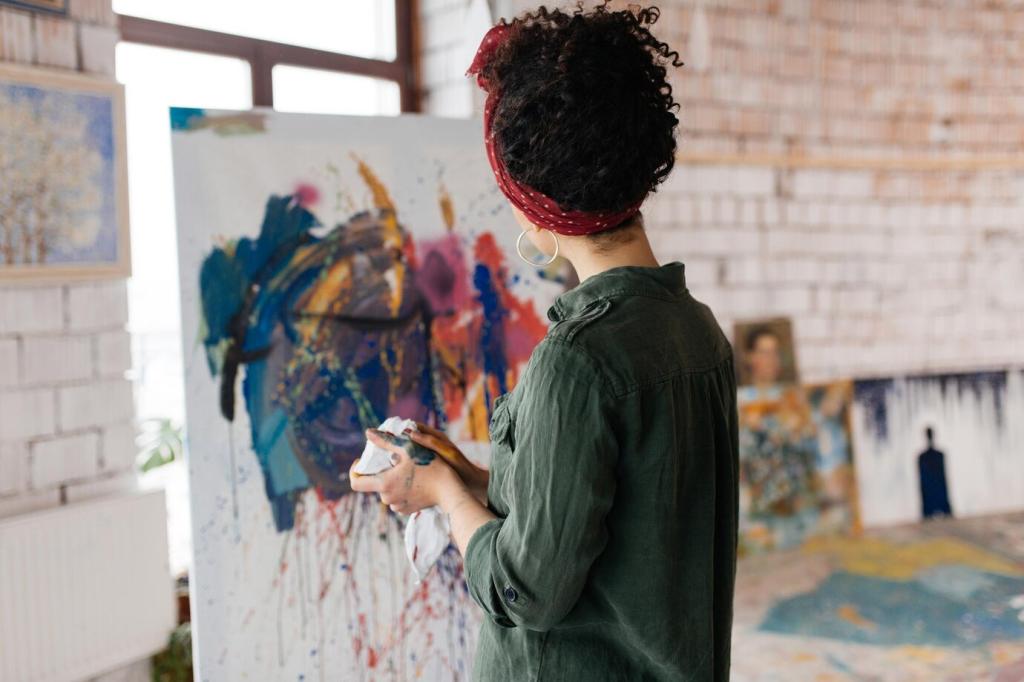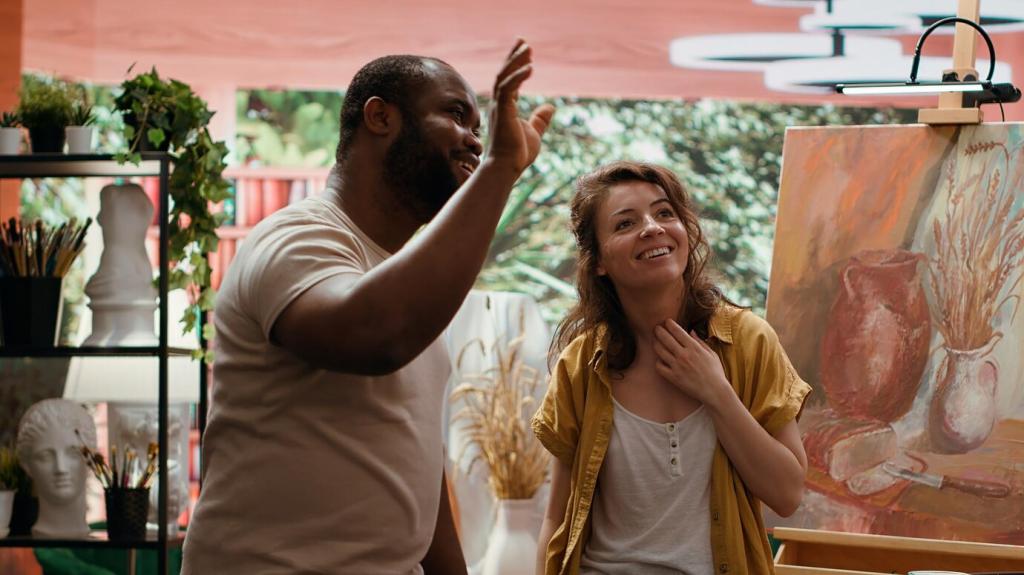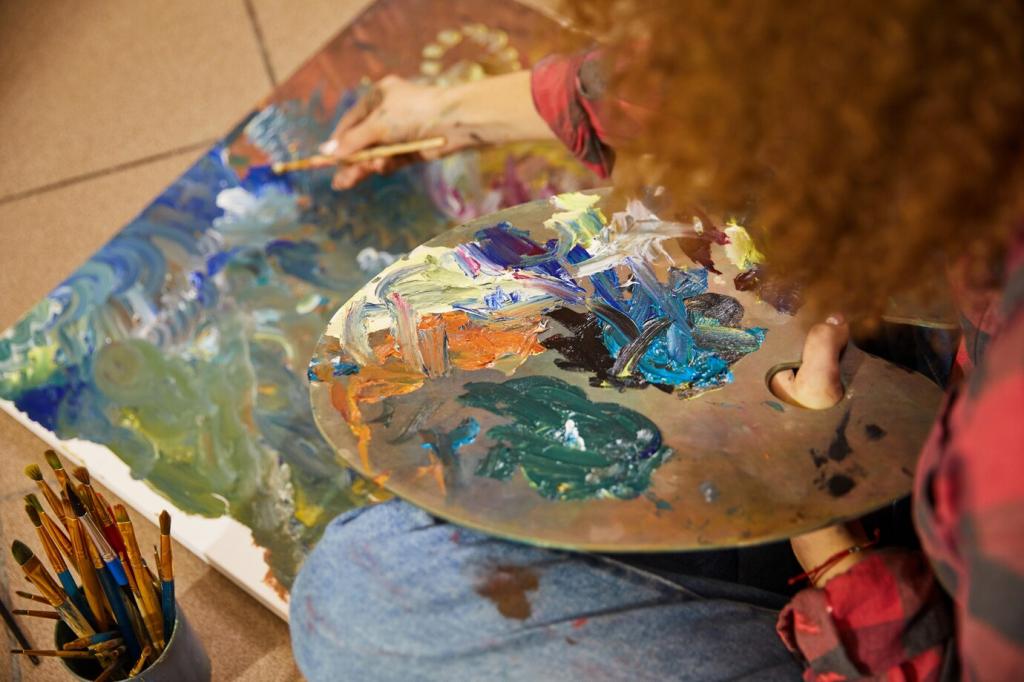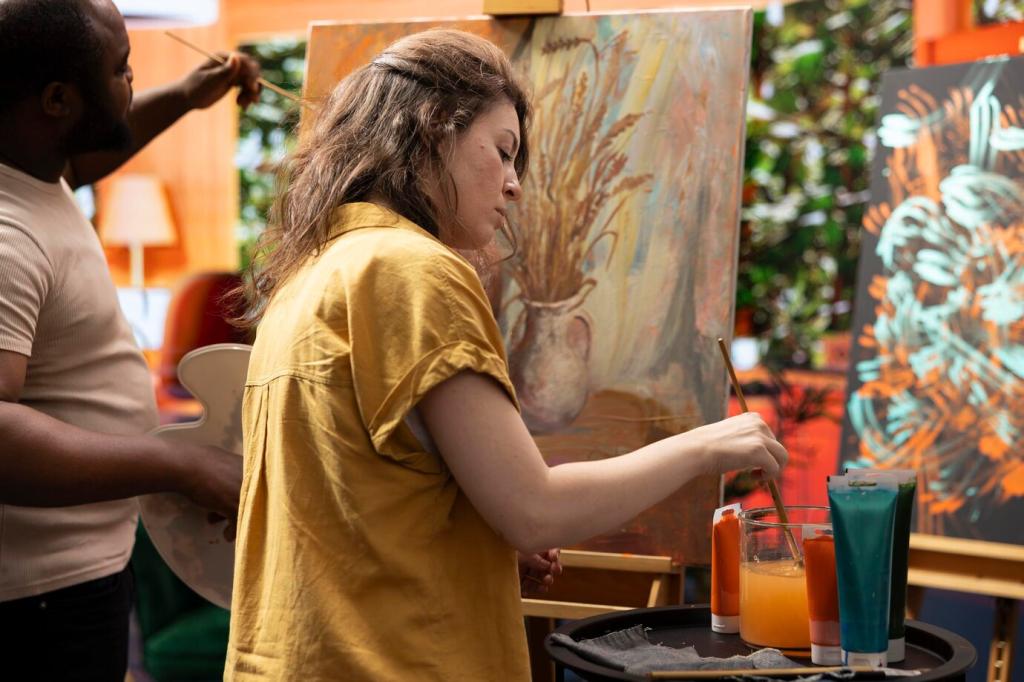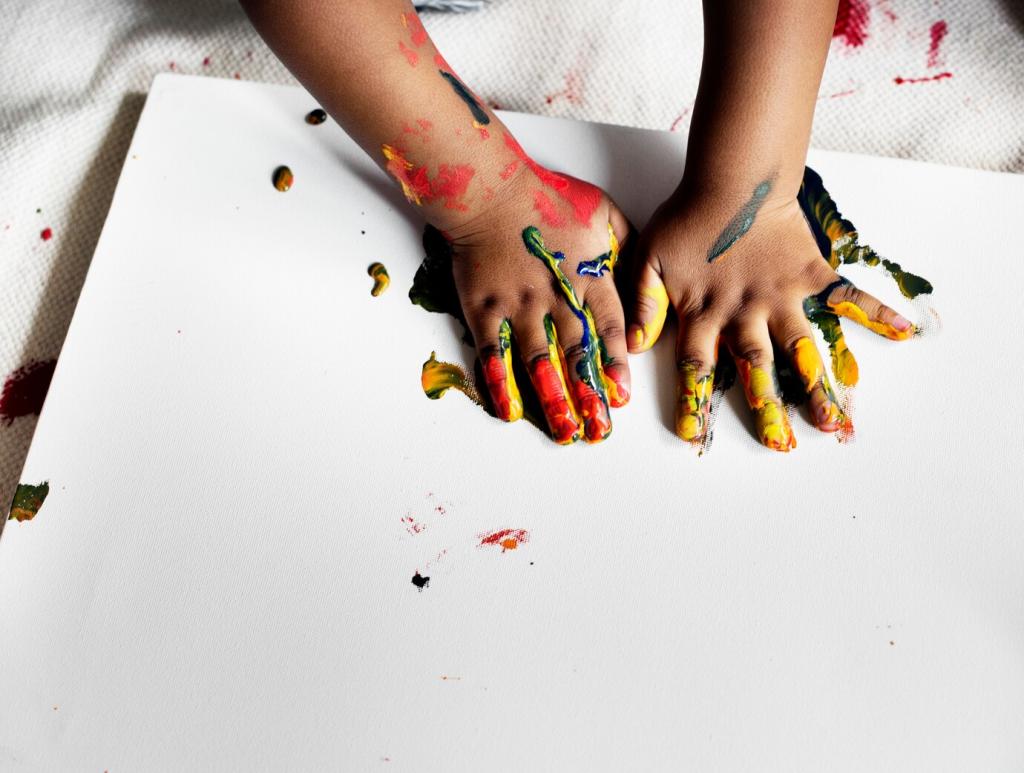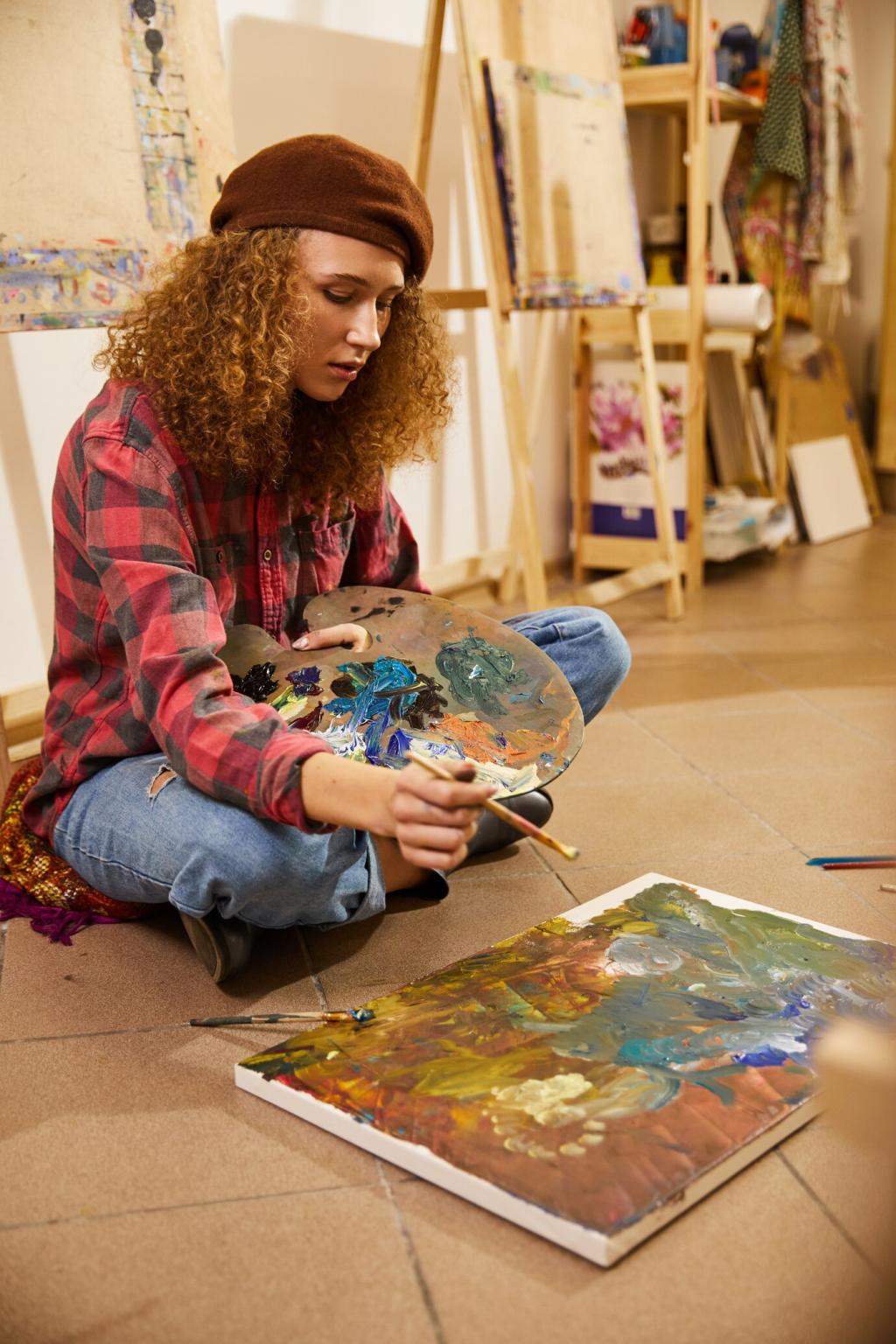Ceramics and Sculpture: Vessels of Memory
Moche artisans on Peru’s north coast shaped stirrup-spout vessels with strikingly realistic faces and ritual scenes. These portraits preserve expressions, headdresses, and social roles, offering rare glimpses of individuals whose lives we now encounter through fired clay.
Ceramics and Sculpture: Vessels of Memory
Nazca ceramics gleam with polychrome brilliance, featuring hummingbirds, plants, and spirited beings. Painters applied slip with careful control, producing saturated hues that remain vibrant today. What colors feel most alive to you when you imagine a desert sunrise?

